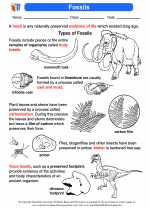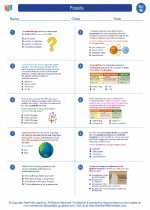Solar Year
A solar year, also known as a tropical year, is the time it takes for the Earth to complete one orbit around the Sun relative to the vernal equinox. This is approximately 365.24 days. The solar year is important for determining the length of the calendar year and for understanding the seasonal changes on Earth.
Factors Affecting the Length of a Solar Year
- Earth's Orbit: The Earth's orbit around the Sun is not a perfect circle, but an ellipse. This causes variations in the Earth-Sun distance and affects the length of the solar year.
- Precession: The Earth's axis precesses or wobbles over a period of about 26,000 years. This motion also affects the determination of the vernal equinox and the length of the solar year.
Measuring the Solar Year
Scientists use various methods to measure the solar year, including astronomical observations and mathematical calculations. By tracking the position of the Sun in the sky over the course of a year, astronomers can determine the length of the solar year with great precision.
Significance of the Solar Year
The solar year forms the basis of our calendar systems. Most modern calendars, including the Gregorian calendar, are designed to align with the solar year to ensure that seasonal events occur at roughly the same time each year.
Study Guide
.◂Science Worksheets and Study Guides Eighth Grade. Fossils

 Activity Lesson
Activity Lesson
 Worksheet/Answer key
Worksheet/Answer key
 Worksheet/Answer key
Worksheet/Answer key
 Worksheet/Answer key
Worksheet/Answer key
 Worksheet/Answer key
Worksheet/Answer key
 Vocabulary/Answer key
Vocabulary/Answer key
 Vocabulary/Answer key
Vocabulary/Answer key
